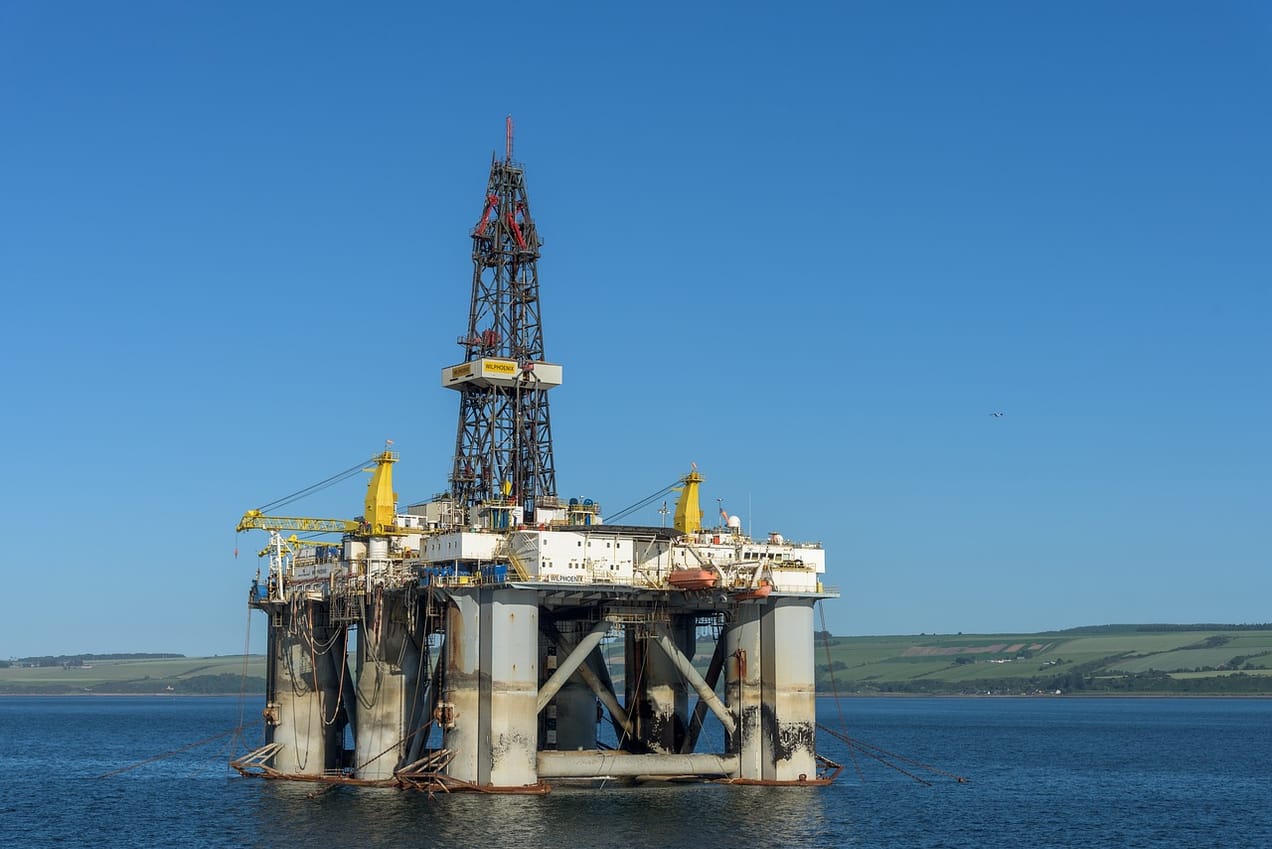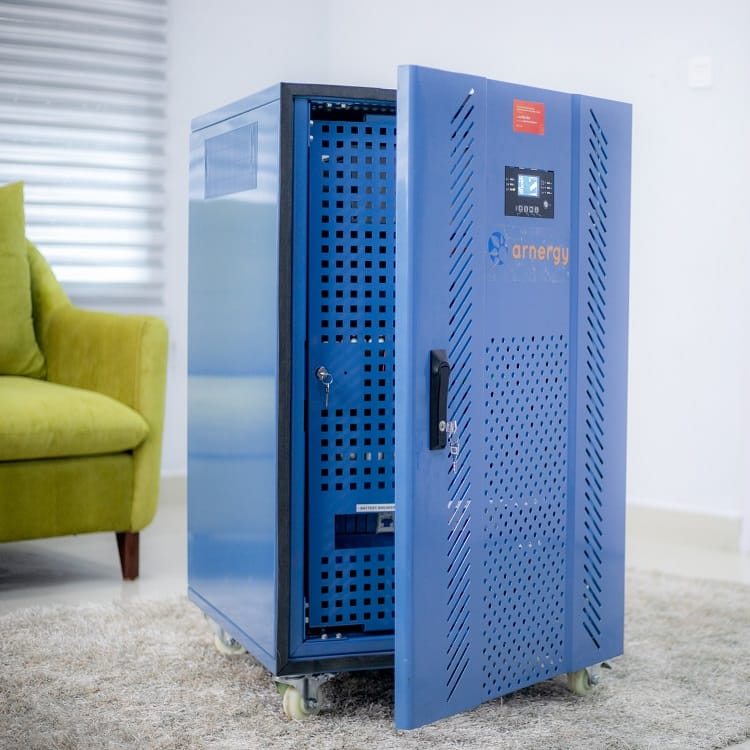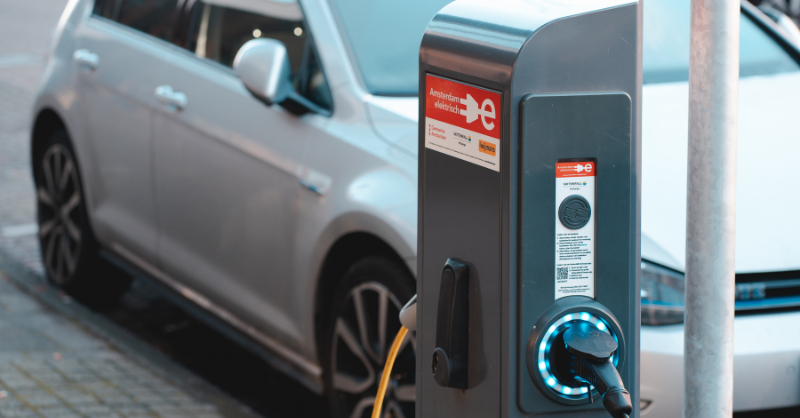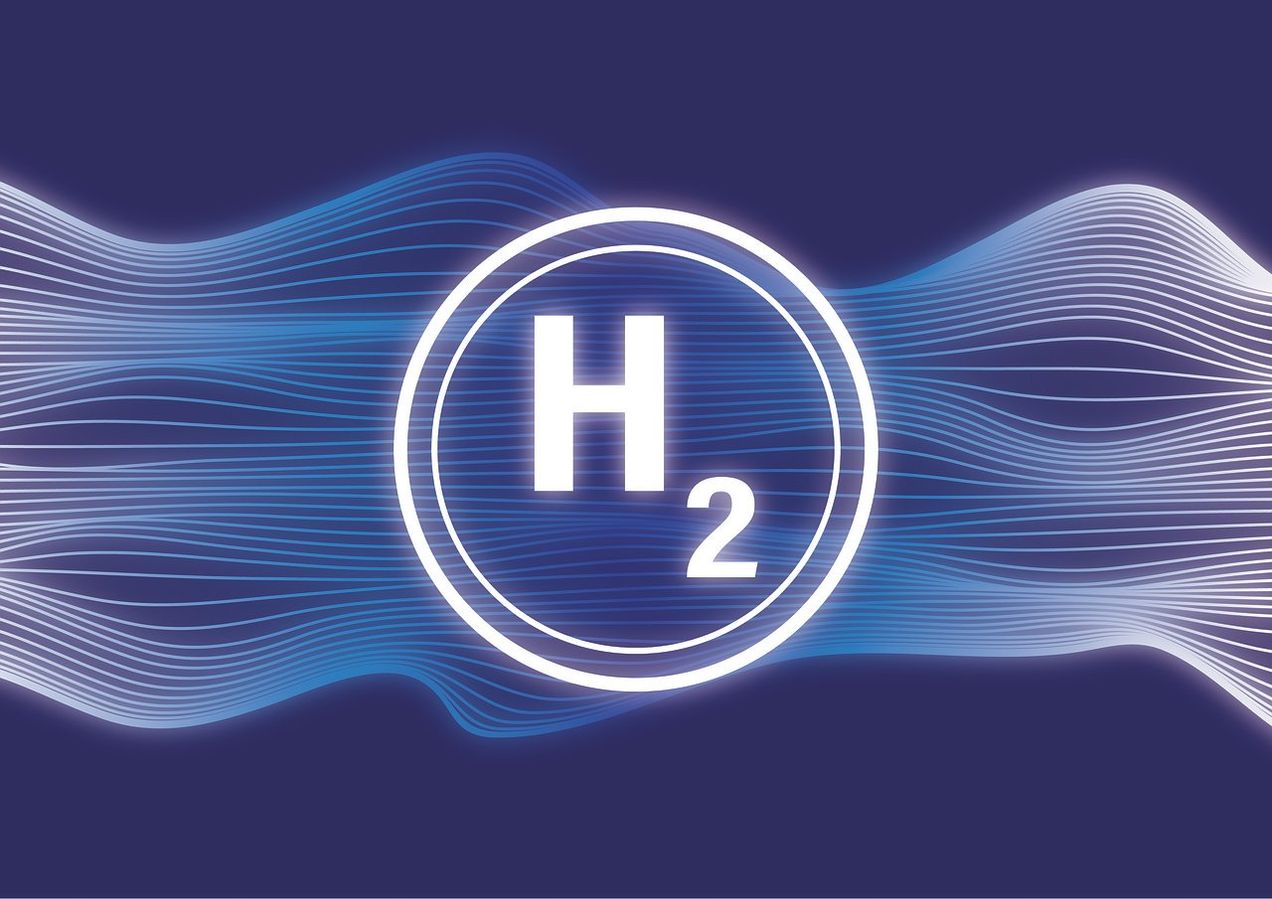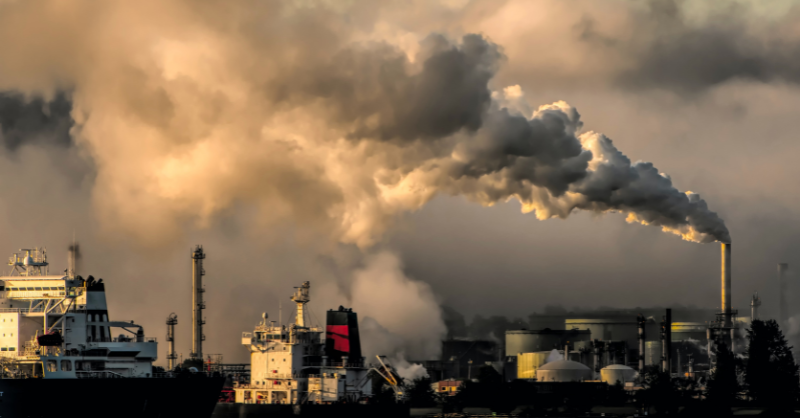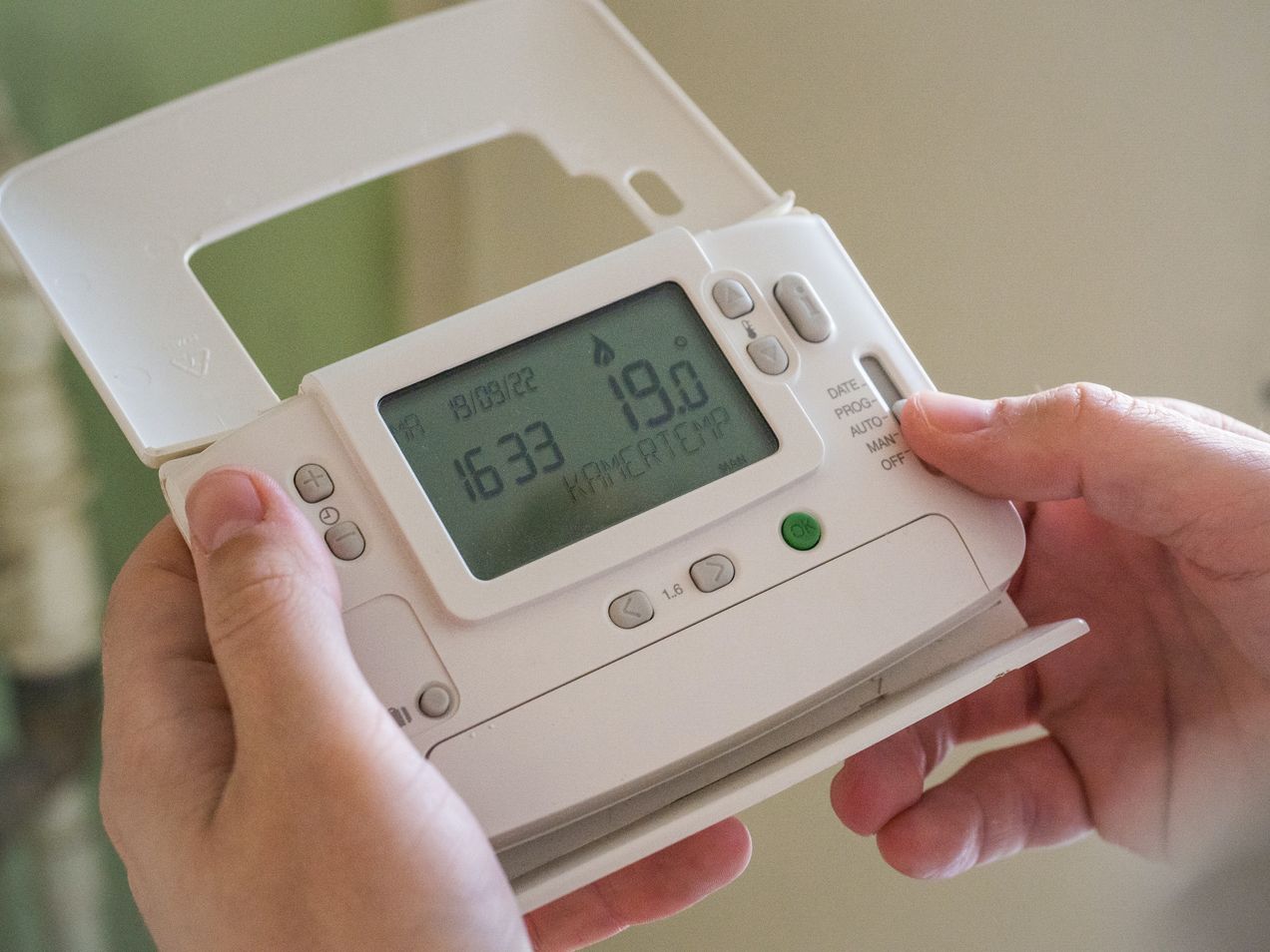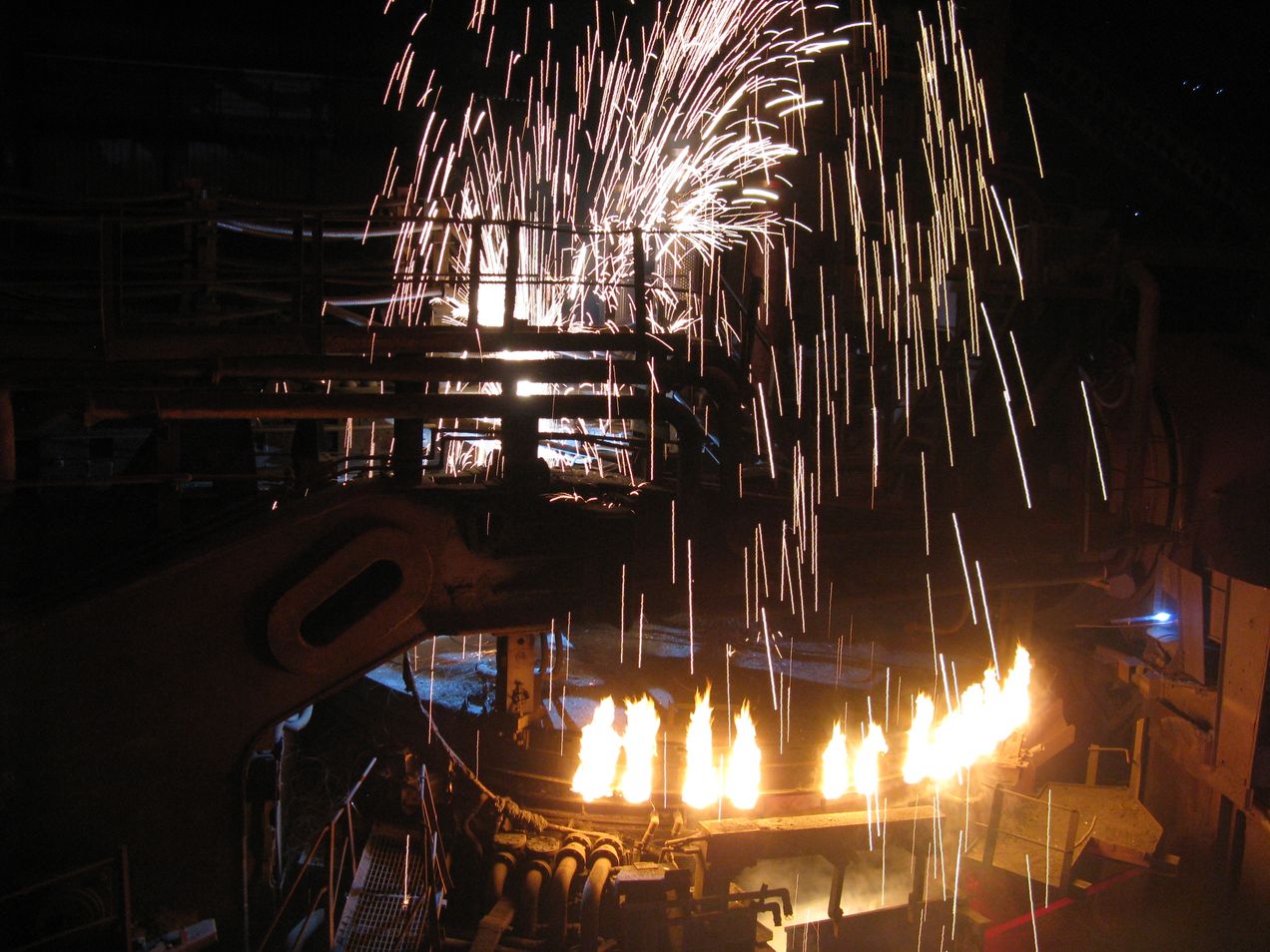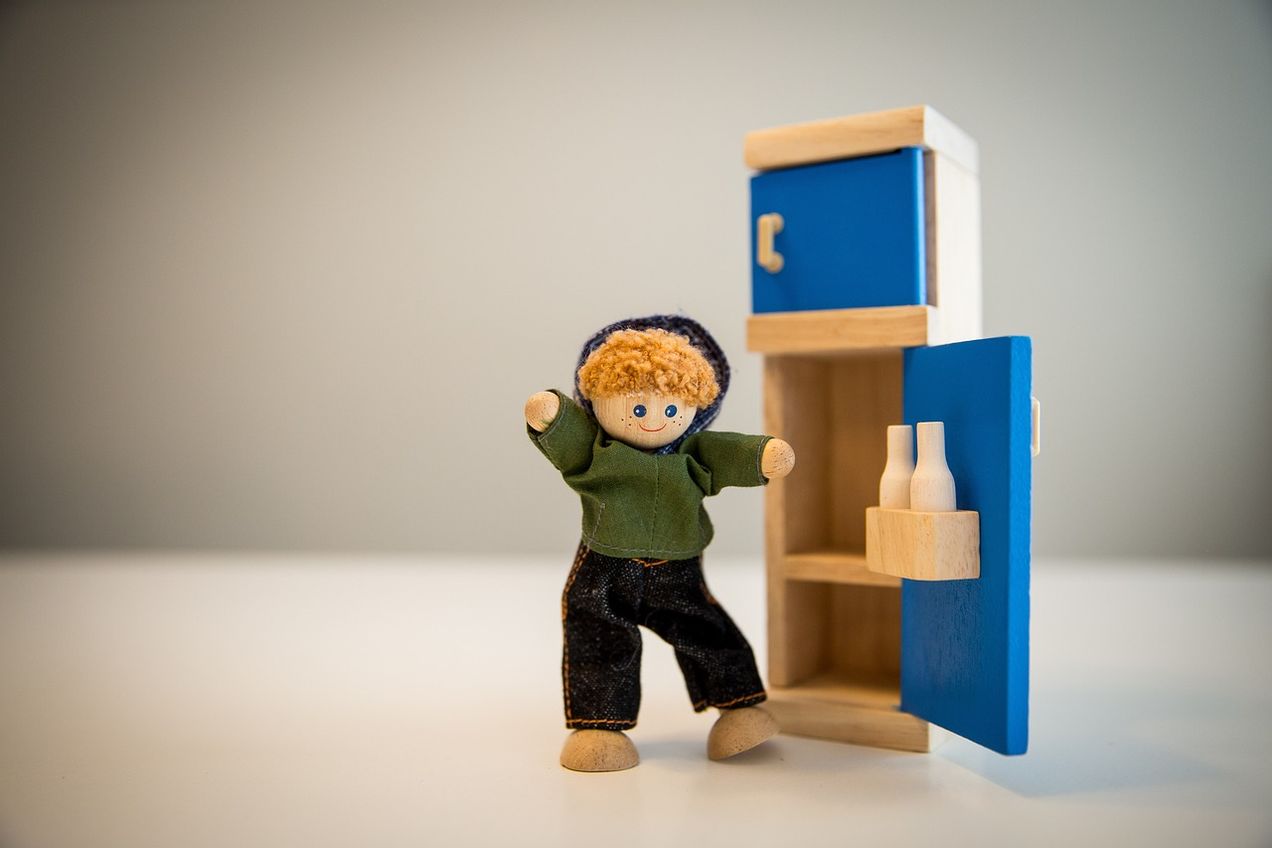Greener energy
Greener energy in transport, industry, and our electricity networks - plus all that goes with this
Why are we not cutting fossil fuel use?
A recent podcast from Rachel Donald (interviewing Ketan Joshi in an episode entitled Climate Delay and the Fossil Fuel industry) contained the following answer to the question - why is fossil fuel usage not falling? "The answer is complex, of course. One part, though, is that governments are the
Nigeria solar adoption boosted by the end of fuel subsidies?
A Bloomberg Green article discussed the potential for the ending of fuel subsidies in Nigeria to drive the adoption of solar in households and communities. Whilst Nigeria is Africa's biggest exporter of crude oil (the world's 7th biggest), its lack of refining capacity means that it
The energy world is changing, and yet staying the same
The latest IEA World Energy Outlook has been published, and as always it's a useful source of both data and commentary. The headlines were encouraging. Full report here 👇🏾 World Energy Outlook 2023 – Analysis - IEAWorld Energy Outlook 2023 - Analysis and key findings. A report by the International
EV demand and EV charging - things will change
If you think about the expected rise of EV's, and their need for frequent charging, from a strategic perspective, you start to realise that large elements of our economic system could change as a result.
Hydrogen for UK home heating ruled out; still important for industry
The 2nd National Infrastructure Assessment report came out during the third week of October. This is particularly interesting: "The Commission’s analysis demonstrates that there is no public policy case for hydrogen to be used to heat individual buildings. It should be ruled out as an option to enable
CBAM: will carbon border taxes help or harm industries?
The trial period for the EU's Carbon Border Adjustment Mechanism has begun. This could be a game changer, but there is a lot of detail to sort out.
Can renewable electricity now be sold direct to the consumer (in Korea)?
Most households and small businesses have to buy their electricity from a retailer (often known as a distributor), who gets it via the grid. There are some good reasons for this. In most countries, companies that distribute electricity are regulated (for safety reasons), and buying electricity via retailers means consumers
Home energy electrification - more complicated than you think.
We tend to think about home electrification as one of the easiest transitions. Good alternatives already exist. We 'just' need people to switch to electricity for home heating/cooling and cooking. Then we factor in home EV charging, and job done. But, the reality is a lot more
Kenya farm hosts first on-site green hydrogen-to-fertiliser plant.
US-based Talus Renewables, a manufacturer of modular green ammonia systems is starting up a plant in Naivasha, Kenya that will enable local production of both low-cost and carbon-free fertilisers. Talus will supply Kenya Nut Co with fertilisers under a 15-year take-off agreement with the plant expected to produce one tonne
European automotive - a sustainability strategy case study in slow motion?
Strategy is an area where sustainability professionals have the most to add to the long term success of their organisation. But sometimes the best strategy conflicts with the outcome we want - we need to stay true.
Encouraging green steel developments
Some supply side and demand side developments in green steel: * H2 Green Steel has raised close to €1.5 billion through a private placement from existing investors (Altor, GIC and Just Climate) as well as new investors including Hy24, AP2 and Temasek. The proceeds will be used to finance the
Cooling food - regular, salty and constant volume.
Modern fridges and freezers do a great job keeping food fresh but have some sustainability issues. Solutions exist now and there are some interesting early stage ones too.
